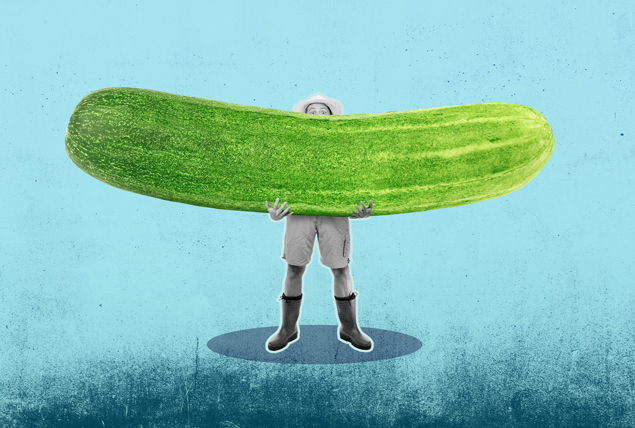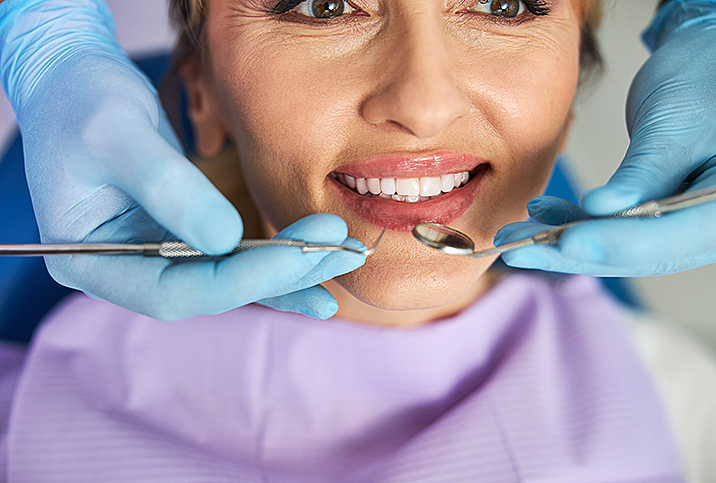Testicular Cancer Risk Factors Come from Your Genes, Job, Age and More

Testicular cancer is a serious problem in men of all ages. According to research, about 0.4 percent of men, or 1 in 250, will get testicular cancer at some point in their life. While home examinations and doctor’s visits can catch this cancer before it becomes too serious or life-threatening, understanding its risk factors is essential.
If you’re at a higher risk for testicular cancer, you can take the necessary precautions to limit the effects of this life-changing illness. You just have to know what to look for.
Common risk factors for testicular cancer
While demographics, genetics and environmental factors can affect a man's chances of developing testicular cancer, other common risk factors exist. Men who suffer from either of the following may have an increased potential to contract testicular cancer:
- Undescended testicle. Known as cryptorchidism, an undescended testicle is a condition that can increase the risk of testicular cancer many times over. Surgery is often the best option for cosmetic and mental reasons, as well as lessening the chance of cancer.
- HIV. Human immunodeficiency virus is a known cause of testicular cancer, so people with HIV should conduct frequent checks for it.
Demographic risk factors for testicular cancer
Demographic factors, particularly race and age, are crucial components in determining your risk for testicular cancer. Around 80 percent of testicular cancer cases take place in adults 44 and younger, with half of these cases occurring in people between the ages of 20 and 34. However, this cancer can affect men of all ages, including people 60 and older, as well as teenagers.
Race also has an impact on the risk for testicular cancer. If you’re a non-Hispanic Caucasian, you’re five times more likely to get testicular cancer than any other race, followed by Black, Hispanic/Latino and Native American men. Asians and Pacific Islanders are the least likely to get testicular cancer, although the reasons why are still unknown.
The role of genetics in testicular cancer
Genetics and family history are integral determinants of the risk of cancer in all individuals. Yet this link is at the center of a debate regarding testicular cancer. According to the Cancer Treatment Centers of America, genetics only plays a role in the incidence of testicular cancer in about 3 percent of cases.
Interestingly, the Institute of Cancer Research in London found different results. In its study with researchers from the United Kingdom, the United States, Sweden and Germany, the institute's research suggested genetics contribute 49 percent of all of the possible factors that may contribute to testicular cancer risk.
Because of the variance in these findings, experts maintain that individuals should remain vigilant about self-examinations, especially if they have a family member who has or who had testicular cancer. However, this shouldn’t cause individuals any undue stress as a result, as research is still somewhat inconclusive and a popular consensus still evades the medical community.
Environmental and occupational risk factors for testicular cancer
Studies on environmental risk factors relating to testicular cancers are still in their infancy, but some researchers maintain the greatest environmental risk factors are when a male is still in utero, or in the womb. Exposure to radiation during this time may increase the risk of testicular cancer, as can the consumption of pesticide-laced foods by the mother.
After birth, radiation and the consumption of foods with pesticides continue to be problematic for males. As such, adolescent and young adult men should limit their consumption of non-organic produce in favor of organic alternatives.
Occupations may have an effect on testicular cancer. According to the National Institutes of Health, aviation mechanics and firefighters are twice as likely to develop testicular cancer than people in any other occupation. Researchers theorize this is due to the absorption of benzene, fuel exhaust and other chemicals through the skin and by breathing as a result of these two jobs.
Dispelling the myths
While the aforementioned risk factors have a scientific and medical basis, many myths regarding testicular cancer are simply untrue, including the following:
- Previous trauma, such as a sports injury, hasn’t been linked to increased risk for testicular cancer.
- Regular horseback riding has no known link to testicular cancer.
- Regular exercise has no profound impact on the risk of testicular cancer. However, regular exercise has been shown to reduce the incidence of other types of cancer.
Regular exams can help mitigate testicular cancer
Most doctors don’t include a testicular exam as part of regular checkups, so men with higher risk factors should conduct self-examinations to limit the spread of the cancer. High-risk individuals should conduct an exam at least once per month, as early diagnosis is key to treating the disease. While the mortality rate of testicular cancer remains low, your fertility and mental state will stay the same as a result. That’s the peace of mind you need, especially if you’re at risk.

















